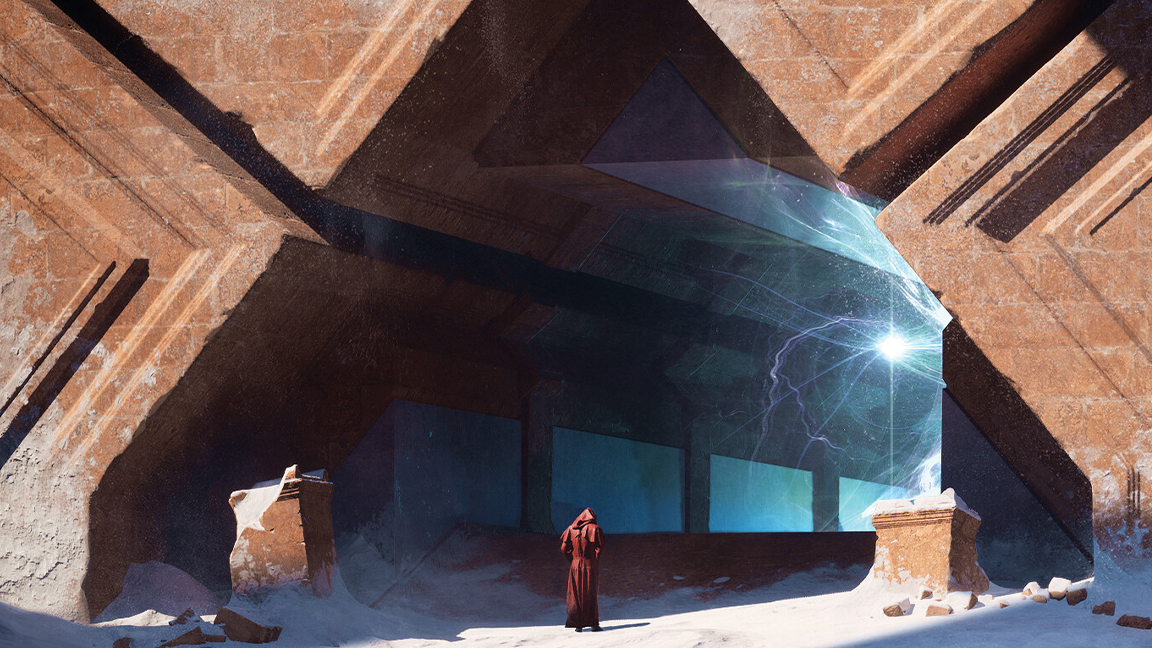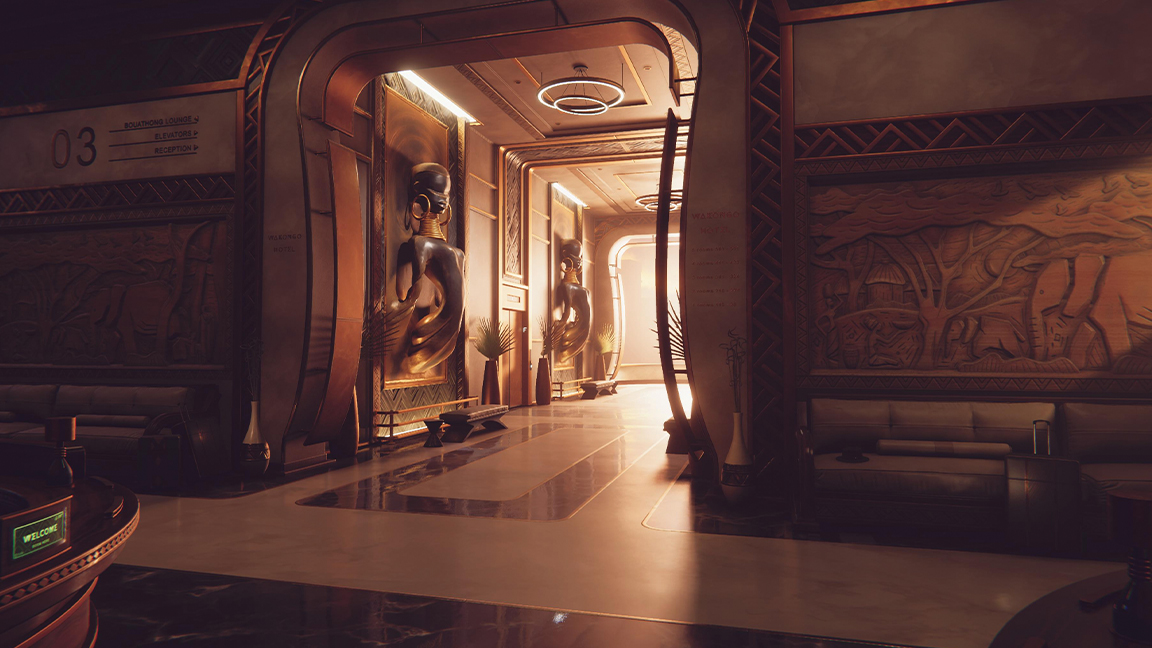
Game engines such as Unity and Unreal Engine 5 are becoming more popular to use than traditional rendering software, so why is the art world turning to real time apps? Below we ask three working artists why they use game engines and why they are worth learning.
To recap, it's worth understanding the context of a rise in game engines amongst artists. The prospect of the metaverse (remember that?) and the rise of a '3D internet' means 3D skills are in demand; a recent survey by Adobe revealed graphic design studios are now more interested in artists with 3D skills. The advent of Apple's Vision Pro and a resurgence in VR and AR technology has also meant 3D skills, and in particular Unity knowledge is on the rise.
Our feature 'Why you need to learn Unreal Engine and Unity' goes into detail on the usefulness of game engines, while a recent sit down with developer Hexworks for its game Lords of the Fallen revealed how Unreal Engine 5 has changed the way the studio approaches environment design.
Of course, a video game developer is used to using real time technology, but advances in the platforms has meant they're becoming more useful to arch-viz artists, app developers, web designers and filmmakers - read my interview with director Tim Richardson on how Unreal Engine is being embraced by the film and fashion industries.
Game engines offer more power to smaller teams

Senior 3D artist Sergey Kuydin says: "Due to the fact that new technologies are emerging, and the performance of devices is growing, we are moving to a new stage in the production of computer graphics. Thanks to high-quality graphics out of the box in modern versions of game engines, even small teams can make a quality product, and the originality and relevance of the idea can come to the fore.
"The trend is moving towards more and more automation of the process, and towards improving the quality of the product at the final stage. Neural networks will actively help process large data sets and improve graphics variability, as well as optimise labour costs, which will have a good effect on the budget and quality of the final product."
Game engines are becoming more accessible

Level designer James Arkwright says: "I think there’s a growing trend of artists moving away from the traditional look and feel of real-time art towards styles and levels of fidelity that have previously been reserved for offline rendering.
"So artists are now aiming higher from the outset rather than settling for what game or real-time art traditionally has looked like. Real-time lighting can now easily be made to look soft, well-balanced and photographic, and the level of detail in geometry and materials is growing substantially as well.
"The technical barrier of entry continues to get lower, so the systems aren’t just visually superior but also easier for less-technical artists. A look that was impossible in Unreal Engine 3 or 4 is now almost default, so I think artists will increasingly look towards film and photography as the basis for their art, as these mediums are very visually refined and the lines between games and film continue to blur.
"The gap is closing rapidly, and I think it’s conceivable that in another generation or two of game engine development the pendulum may have swung completely towards real-time rendering, without much of a space for offline rendering except in extremely taxing scenarios."
Creativity is faster with game engines

Video game artist Jeryce Dianingana says: "One of the biggest opportunities is how real-time engines facilitate exchanges via the marketplace. Buyers can use packages that are ready for use in just a few clicks for any purpose including movies, games and musical videos, among many others. Many studios in the past and present can rely on what the marketplace can offer to save time and money, which allows artists to have their 3D assets, shaders, or scripts brought into that process.
"Another huge opportunity is the possibility of massively reducing the time spent creating incredible art. Time is one of the most expensive aspects of the development of a project and real-time engines help artists create and iterate much faster due to the fact they don’t have to wait for every frame to be rendered offline. Additionally, exchanging with a client and having the flexibility to address feedback during a meeting is a huge gain of time for both parties.
"If we also take the example of a movie where artists can use a virtual reality camera to quickly set different shots, along with the ability to change any settings of the background, it’s something that can eventually save weeks of work, or perhaps even months depending on the size of the production at hand."
So, game engines are on the rise. We have some more info to read to get up to speed on getting started in real time platforms. I'd suggest reading our Unreal Engine 5 review, as well as our Unity versus Unreal Engine comparison feature.
If you're serious about learning one of the two most popular platforms - Unity and Unreal Engine - then I'd suggest heading to the sites for free training and downloads, you can find advice videos and assets at Unity's website and the official Unreal Engine blog.
This content originally appeared in 3D World magazine. Subscribe to 3D World at Magazines Direct.







